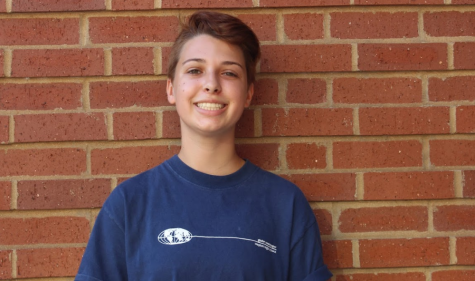Over the summer, the School District of Clayton saw a change to the elementary schools’ schedule due to changes in the District’s gifted programs.
In the past, the gifted program was 150 minutes a week of identified gifted students being pulled out of the classroom to meet with the gifted specialist and the gifted specialist also worked in the classroom with the teacher. This left the gifted specialists and teachers in constant negotiation over scheduling.
According to Dr. Gregory Batenhorst, Assistant Superintendent of Student Services, contact by the state and Clayton parents forced the District to make these changes.
“As we’ve looked deeper into the guidelines from the state, those minutes are to be exclusively with the gifted certified teacher,” Batenhorst said. “And that therefore led to the program change and the schedule change at the start of this year.”
Administration and the Gifted Committee started looking at and adjusting the elementary school schedule and the gifted program over the summer.
Their mission was to align the gifted program throughout the District, as the program started looking at all three elementary schools, with teachers and gifted specialists trying to work together to determine when gifted specialists could be scheduled in, placed where it would have the least impact on a classroom teacher.
“What we did not want is that a classroom teacher felt like they had to change their practice of teaching to either re-teach when those kids come back, or suspend teaching for a while,” Milena Garganigo, Assistant Superintendent of Teaching and Learning, said.
Gifted Specialists are currently developing their own units in the gifted program,and Clayton is piloting aspects of Project Lead The Way for the elementary schools.
Administration has also tried to take on more of the responsibility to meet the required 150 minutes.
“We were really specific about trying to make sure that that pull out time happens throughout the day for students in a time where no new learning is going to take place,” Garganigo said. “If you think about the progression of a math lesson, typically at the beginning of the math class there is a lot of new learning and then there is guided practice and independent practice. We’re looking to pull at that back end of the class period so that the students are still there for the new learning but then maybe the independent practice is when they’re coming out to do the gifted piece.”
The schedule change has led to a change in the math classes as well.
“For a couple of years, gifted teachers were teaching an accelerated math class that included gifted students and non gifted,” said Batenhorst.
The format of those math classes has changed. In the past, teachers identified students at the beginning of year and then put them in math extensions. Now, students are moved in and out of math extensions at the beginning of each unit.
“Sometimes it happens within a unit, like a group of students are showing promise or ability above the rest of the population with a certain strength, like adding fractions. So we’ll subdivide them differently,” Gargangio said. “[It’s] us responding to your relative strengths as a student, and your relative weaknesses.”

